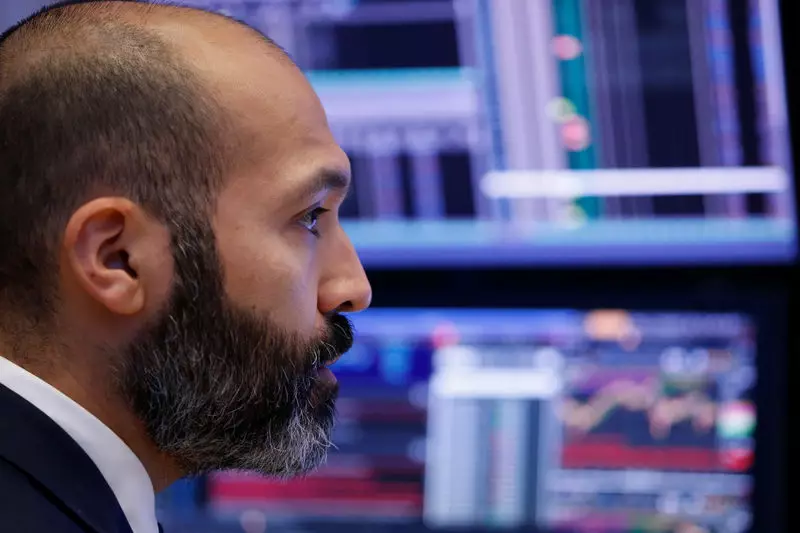As 2023 draws to a close, participants in the financial markets are increasingly looking toward a potential year-end rally in US equities, a phenomenon historically supported by seasonal trends. UBS, a leading financial services company, has pointed out that various conditions are starting to align for such an upswing. However, while the prospects appear promising, several risks loom that could impede this anticipated growth.
One of the most critical upcoming events affecting market dynamics is the US election. The uncertainty surrounding its outcome can significantly influence investor sentiment. UBS has emphasized that regardless of whether the election results lead to a “red sweep” or a divided government, merely the resolution of electoral uncertainty and a reduction in market volatility could benefit equities in the near term. Jason Draho, UBS’s Head of Asset Allocation, pointed out that clarity in the political landscape could embolden investors, prompting a willingness to increase exposure to riskier assets.
In traditional market cycles, November and December are often regarded as strong months for the S&P 500. The eventual result of the election may thereby function as a catalyst for rallying market performance as participants begin to factor in more predictable economic conditions post-election.
Another underlying factor supporting the potential for a year-end rally is the current resilience of the US economy. Recent data suggests a favorable trajectory, characterized by robust job growth and strong consumer spending, which notably contributed significantly to the third-quarter GDP figures. Despite challenges like adverse weather conditions and labor-related issues, the overall economic outlook appears to indicate a soft landing. Coupled with this economic stability is the anticipated support from the Federal Reserve.
The Federal Reserve’s possible interest rate cuts represent another layer of encouragement for market participants. With a high probability of a 25 basis point cut in the upcoming November meeting, expectations surrounding monetary policy are optimistic. This possibility is particularly relevant in light of the central bank’s historical role in providing a safety net during economic downturns, commonly referred to as a “Fed put.” According to Draho, the acknowledgment of this safety net could spur confidence among investors and encourage risk-taking, promoting an upward trajectory for equities.
On a global scale, there are also indications of fiscal and monetary initiatives that could bolster market momentum. Attention has turned toward China, which is expected to announce further economic support measures that could be contingent on the US election outcome. The actions of other central banks are also likely to contribute to a tendency toward rate cuts, enhancing the overall sentiment across global markets.
From an investor perspective, UBS has noted a trend toward balanced positioning, as many appear to have reduced risk exposure in the lead-up to the elections. Such strategic positioning could enable markets to capitalize on potential gains in the post-election environment, especially if the results meet or exceed market expectations.
Despite the optimistic outlook painted by several economic indicators, it is crucial to account for persistent risks that could derail any budding rally. A significant concern is the potential for a prolonged delay in election results, reminiscent of the contested election of 2000, where uncertainty extended into December. Prolonged indecision in electoral outcomes could hinder market momentum.
Additionally, broader economic issues, including inflationary pressures and vulnerability within the labor market, could challenge the narrative of a soft landing. Regulatory and budgetary concerns also pose risks; a temporary budget deal set to expire just before the end of the year raises the potential for a government shutdown, which could introduce volatility into financial markets.
While there is cautious optimism surrounding the potential for a year-end rally in US equities, several variables are at play that could affect market outcomes. The intersection of political events, economic fundamentals, and global monetary policies presents both opportunities and risks. As markets navigate these dynamics, investors must remain vigilant and adaptable, weighing the potential for gains against the backdrop of uncertainty that could impact their portfolios. As UBS aptly highlights, while conditions may align for seasonal rally patterns, the realization of such a rally is far from guaranteed, reflecting the complex nature of today’s investment landscape.

